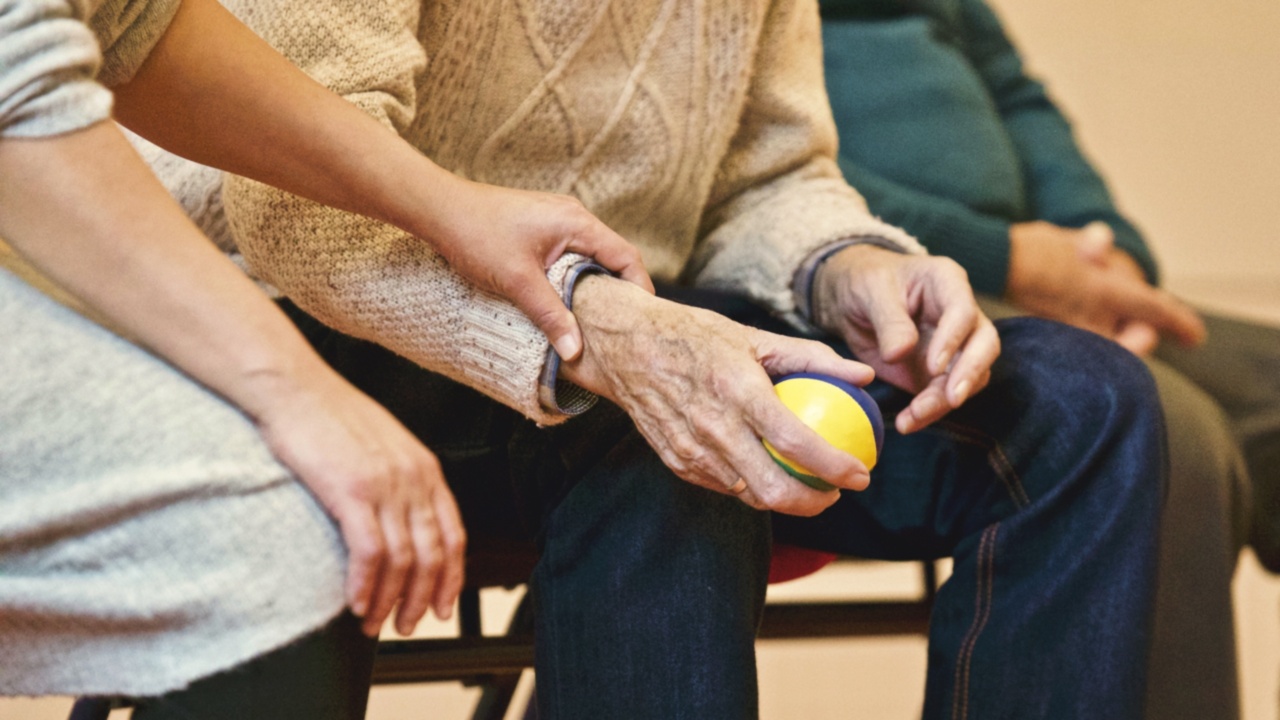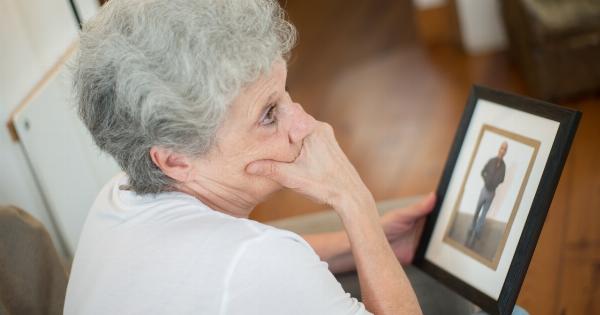As we age, it’s common to experience various aches and pains associated with middle age. These pains can range from mild discomfort to chronic conditions that greatly affect our quality of life.
However, there are several strategies and lifestyle changes you can employ to effectively manage and relieve these common afflictions. In this article, we will explore some proven techniques and remedies to help you deal with middle-aged aches and pains.
1. Stay Physically Active
Engaging in regular exercise and physical activity is crucial for overall well-being and can significantly reduce the frequency and severity of aches and pains.
Aim for at least 150 minutes of moderate aerobic activity or 75 minutes of vigorous aerobic activity per week. Additionally, include strength training exercises at least twice a week to improve muscle strength and flexibility.
2. Maintain a Healthy Weight
Excess weight puts strain on joints and can increase the intensity of aches and pains. By maintaining a healthy weight through a balanced diet and regular exercise, you can alleviate unnecessary pressure on your joints and reduce discomfort.
Consult with a healthcare professional to determine the ideal weight range for your body type.
3. Practice Good Posture
Improper posture can lead to muscle imbalances, strained ligaments, and chronic pain. Be mindful of your posture throughout the day, especially when sitting or standing for extended periods.
Make an effort to sit up straight, avoid slouching, and use ergonomic furniture and equipment that promote good posture.
4. Prioritize Rest and Sleep
Getting enough restorative sleep is crucial for healing and rejuvenation. Make sleep a priority and aim for 7-9 hours of quality sleep each night. Invest in a comfortable mattress and pillows that provide proper support for your body.
Practice relaxation techniques, such as deep breathing or meditation, to promote better sleep and reduce stress levels.
5. Use Heat and Cold Therapy
Applying heat and cold therapy can provide temporary relief for localized aches and pains. Use a heating pad, warm towel, or warm baths/showers to loosen up tight muscles and improve blood flow.
For inflammation or acute injuries, apply ice packs or cold compresses wrapped in a cloth to reduce swelling and numb the area.
6. Incorporate Stretching and Flexibility Exercises
Regular stretching and flexibility exercises can improve joint mobility, reduce stiffness, and alleviate muscle tension.
Consider incorporating activities like yoga, Pilates, or tai chi into your routine to enhance flexibility and promote overall well-being. Remember to start slowly and gradually increase the intensity and duration of these exercises.
7. Try Over-the-Counter Pain Relievers
Over-the-counter pain relievers can provide temporary relief for mild to moderate aches and pains. Nonsteroidal anti-inflammatory drugs (NSAIDs) like ibuprofen or naproxen sodium are effective for reducing pain and inflammation.
However, consult your doctor before using any medication, especially if you have underlying medical conditions or take other prescriptions.
8. Consider Alternative Therapies
Several alternative therapies have shown promise in managing middle-aged aches and pains. These include acupuncture, chiropractic care, massage therapy, and herbal remedies.
While the effectiveness may vary, many individuals find these therapies helpful in reducing pain and improving overall well-being. Consult with qualified practitioners to explore these options.
9. Maintain a Balanced Diet
A well-balanced diet rich in essential nutrients can support joint health and reduce inflammation.
Incorporate foods that are high in omega-3 fatty acids (such as fatty fish, walnuts, and flaxseeds) and antioxidants (including fruits, vegetables, and green tea). Limit processed foods, sugary snacks, and foods high in saturated fats to minimize inflammation and promote overall health.
10. Seek Professional Help
If your aches and pains persist or worsen over time, it’s essential to consult a healthcare professional. They can help identify underlying conditions or injuries that may be causing the discomfort.
Your doctor may recommend further diagnostic tests, prescribe medications, or refer you to specialists to develop an effective treatment plan tailored to your specific needs.
Remember, managing middle-aged aches and pains requires a holistic approach that combines lifestyle changes, self-care practices, and professional guidance.
By implementing these strategies, you can find relief from common discomforts and improve your overall well-being during this phase of life.




























